
Japan Chubu Travel Guide, Tailor-made Japan Tour Packages
Chubu
The Chubu region is the central region of Honshu, Japan's main island.
Chubu, which means "central region", encompasses nine prefectures(ken): Aichi, Fukui, Gifu, Ishikawa, Nagano, Niigata, Shizuoka, Toyama, Yamanashi, and often Mie. Located directly between the Kanto region and the Kansai region, and includes the major city of Nagoya as well as along Pacific and Sea of Japan coastlines, extensive mountain resorts, and Mount Fuji.
The region is the widest part of Honshu and the central part is characterized by high, rugged mountains. The Japanese Alps divide the country into the Pacific side, sunny in winter, and the Sea of Japan side, snowy in winter.
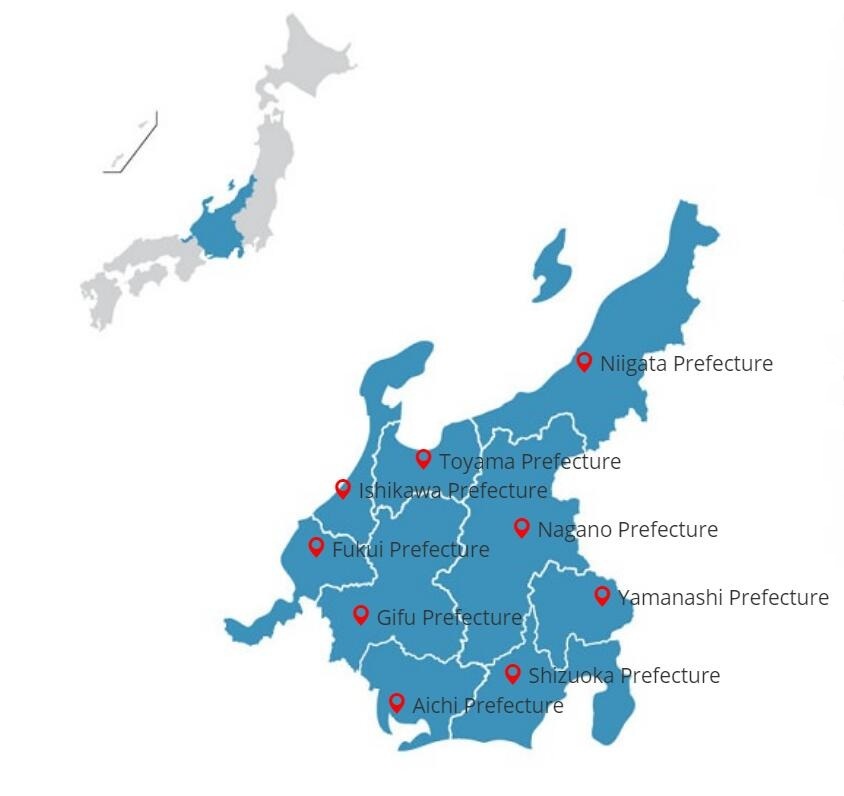
Destinations | Major cities
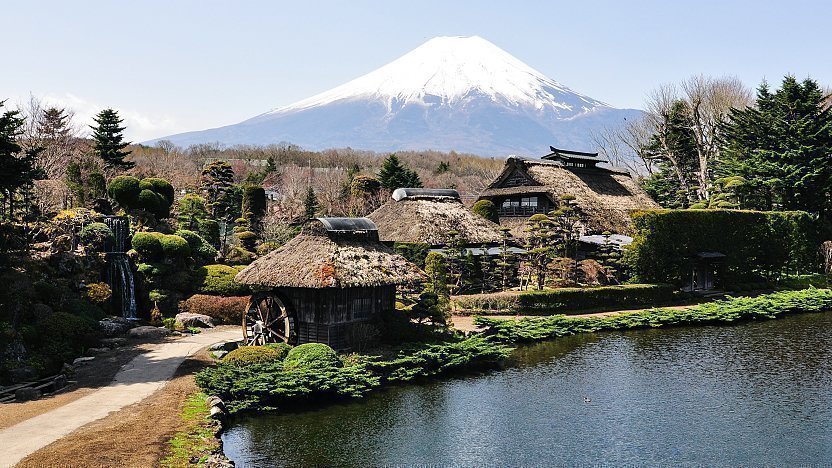
Mt. Fuji & Fuji Five Lakes
Mount Fuji located on Honshu Island, is the highest mountain in Japan. Its exceptionally symmetrical cone, which is snow-capped several months a year, is a well-known symbol of Japan and it is frequently depicted in art and photograph. There is one of the best places to view Mt Fuji from a close distance and a good base for climbing the mountain: The Fuji five lakes. It consists of Kawaguchiko, Saiko, Yamanakako, Shojiko and Motosuko, also called Fujigoko.
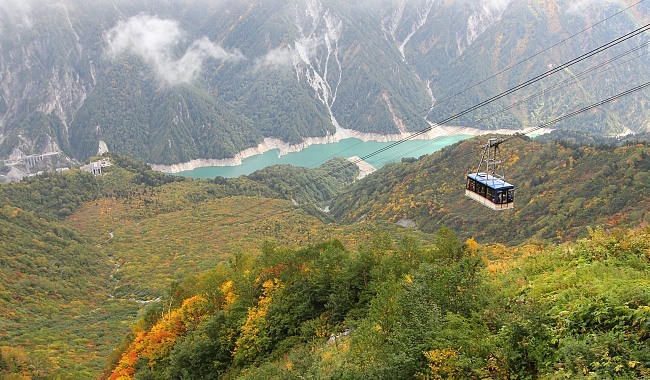
Tateyama Kurobe Alpine Route
The Tateyama Kurobe Alpine Route is known as the “Roof of Japan”. The main attraction is the magnificent scenery of the Tateyama Mountain Range, part of the Chubu Sangaku National Park. Summer and autumn attract visitors with beautiful landscapes, alpine flowers (especially around June through August) and autumn leaves. It is a unique and spectacular route through the Northern Japan Alps which is traversed by various means of transportation including cablecars, trolley buses and a ropeway.
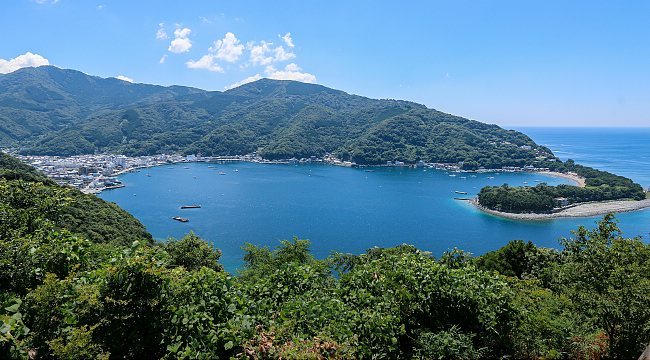
Izu Peninsula
The Izu Peninsula is popular for its World-class surf and sand, highland resorts, mountain onsen and rugged coastlines. Mountains and highlands draws untold trekkers and other nature lovers over world range, and you can dine on wild boar and mountain vegetables. Plus, it is located about 100 kilometers southwest of Tokyo, its proximity to the city makes the peninsula a popular weekend getaway and the area is well connected to Tokyo by train.
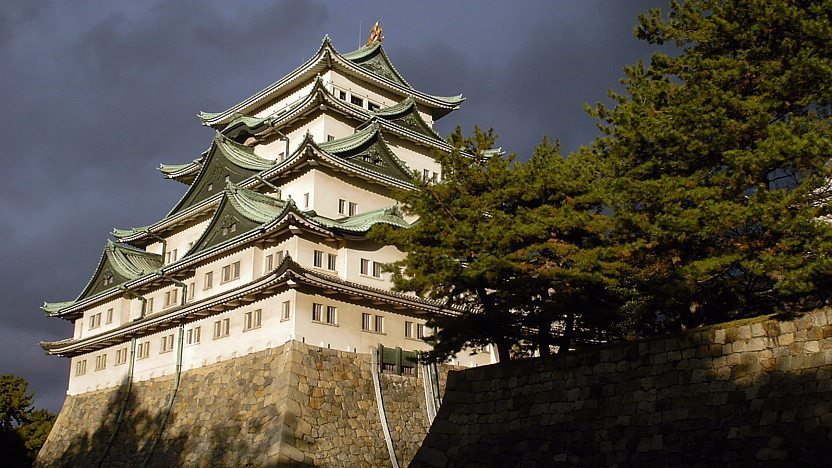
Nagoya
Nagoya is the largest city in the Chubu region of Japan. It is Japan's third-largest incorporated city and the fourth most populous urban area. This city developed as the castle town of the Owari, one of the three branches of the ruling Tokugawa family during the Edo Period. It is the capital of Aichi Prefecture and is one of Japan's major ports along with Tokyo, Osaka, Kobe, Yokohama. Deserve to be mentioned, the Toyota Motor Corporation maintains its headquarters just outside of Nagoya.
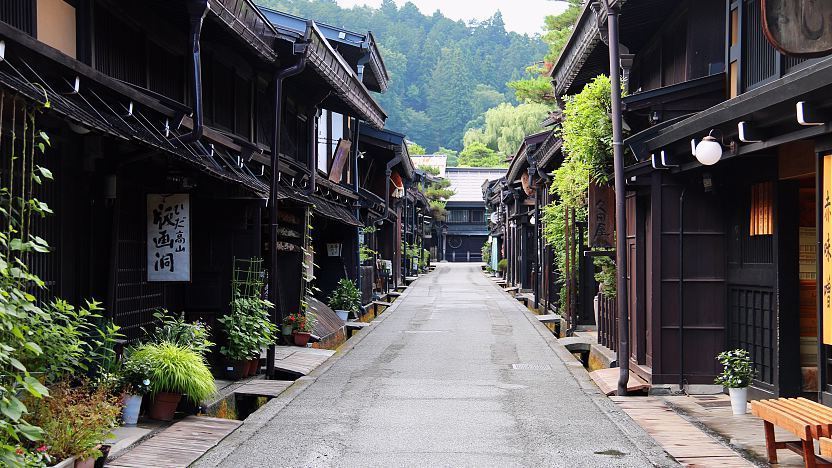
Takayama
Takayama was settled as far back as the Jomon period, a city in the mountainous Hida region of Gifu Prefecture. It is believed carpenters from Takayama worked on the Imperial Palace in Kyoto and on many of the temples in Kyoto and Nara. To differentiate it from other places named Takayama, the city is also commonly referred to as Hida-Takayama. Takayama retains a traditional atmosphere, especially in its well preserved old town. It now enrolls the list in travelers wishing to add a rural element into itineraries.
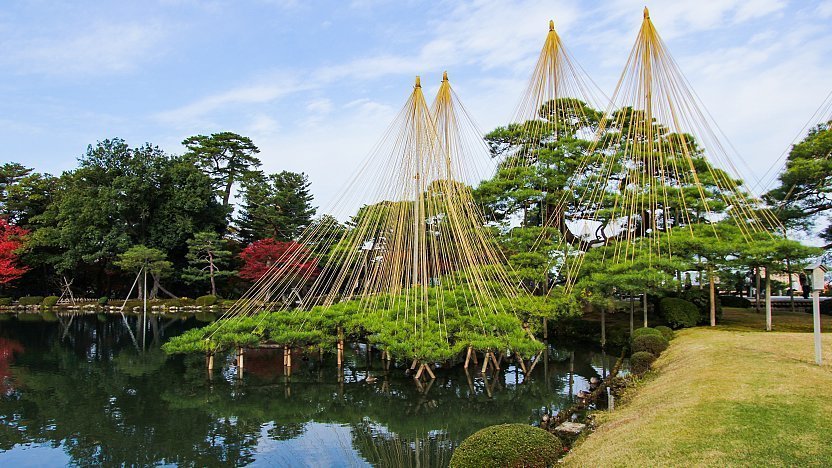
Kanazawa
Back to the Edo Period, Kanazawa served as the seat of the second most powerful feudal clan, Maeda Clan. Accordingly, this city became a town of great cultural achievements, rivaling Kyoto and Edo(Tokyo). It sits on the Sea of Japan, bordered by the Japanese Alps, Hakusan National Park and Noto Peninsula National Park. The city also is located between the Sai and Asano rivers.Hyakumangoku Matsuri and Asano-gawa Enyukai are the major festivals held in Kanazawa.Kanazawa-Haku is gold which is beaten into a paper-like sheet.
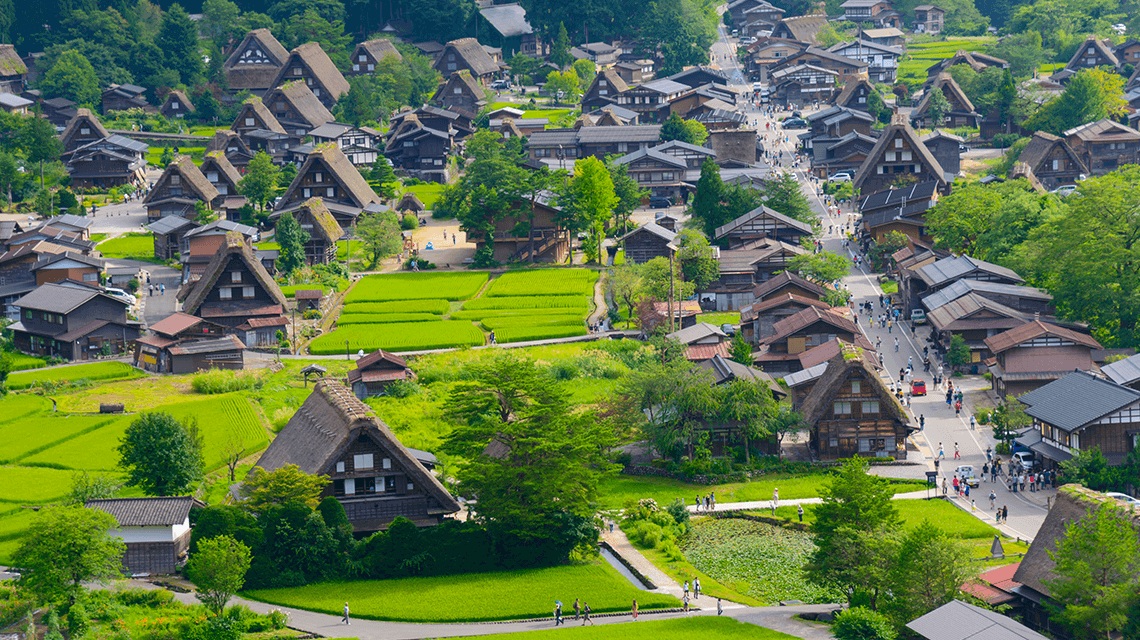
Shirakawa-go
Shirakawa is a village located in Gifu Prefecture. It is best known for being the site of Shirakawa-go, a small, traditional village declared a UNESCO world heritage site in 1995, they are famous for their traditional gassho-zukuri farmhouses, some of which are more than 250 years old.
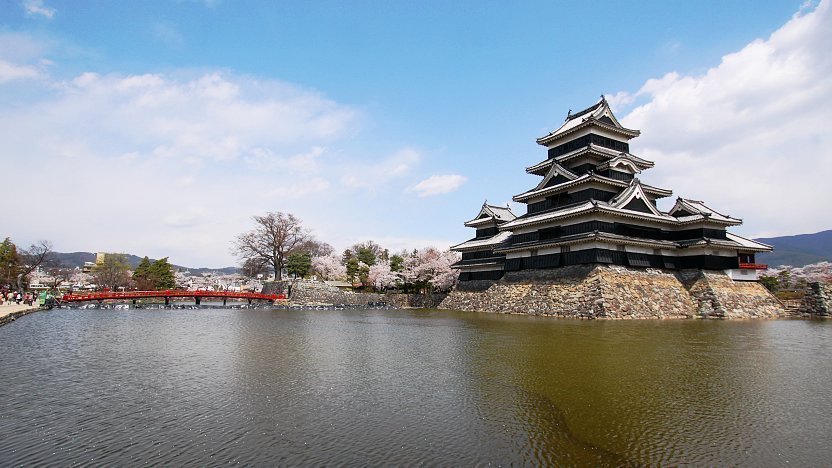
Matsumoto
Matsumoto is located in Nagano Prefecture. It is designated as a Special City. The Matsumoto Castle was built more than 400 years ago.is one of the most complete and beautiful among Japan's original castles. It is a "hirajiro" - a castle built on plains rather than on a hill or mountain. It is also called Crow Castle(Karasu Jo) because of its black appearance. The castle is open to tourists and displays many ancient weapons from and inspired by Europe including muskets and rifles.
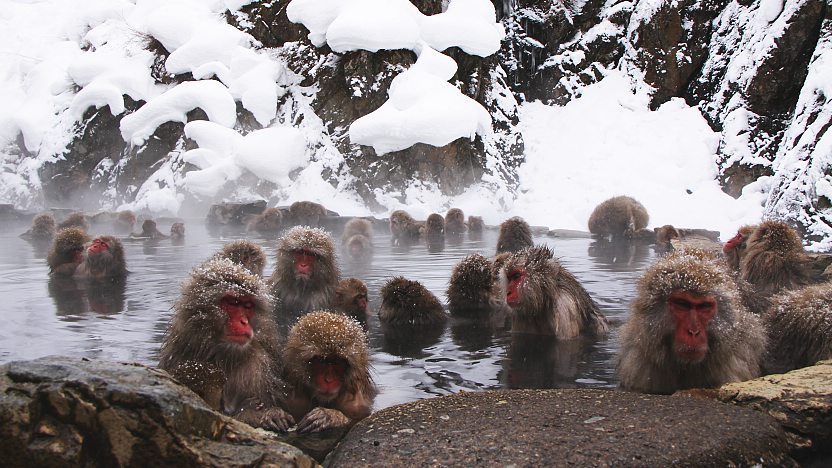
Nagano
Nagano, the capital city of Nagano Prefecture, Host of the 1998 Winter Olympics, An outdoor sports mecca particularly famous for skiing and snowboarding. Matsushiro, the former castle town of the Sanada clan, is located in the southern part of the city. The town retains an historic atmosphere, preserving many samurai residences, temples, and gardens of the feudal period, including the remains of the castle and mansion of feudal Lord Sanada Jumangoku. Often called the "roof of Japan," it boasts the highest mountain ranges in the country.